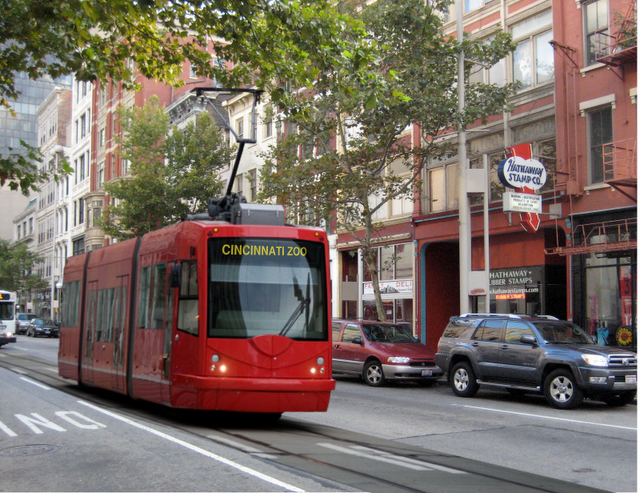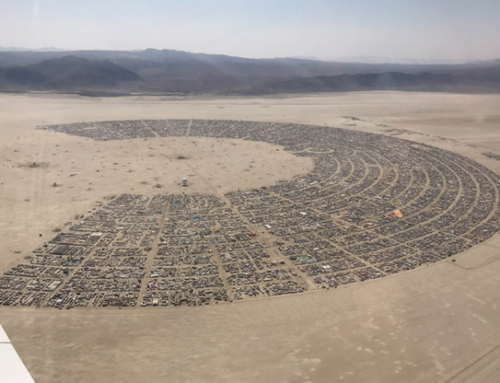University of British Columbia’s senior researcher at the Centre for Sustainable Design Patrick Condon, writes about the seven rules for sustainable communities in his new book: Sustainable Communities: Design Strategies for the Post Carbon World.
These are the main principles of a sustainable city according to professor Patrick Condon.
1. Restore the streetcar city
“Streetcar cities are characterized by easy access to transit, a wide variety of house types, and services and job sites very close at hand — the exact elements of a sustainable city.”
2. Design an interconnected street system
“Fine-grain interconnected street networks ensure that all trips are as short as possible, disperse congestion and are compatible with walking, biking and transit.”
3. Locate commercial services, frequent transit and schools within a five-minute walk
“The most important walking destinations are the corner store and a transit stop. A minimum gross density of 10 dwelling units per acre is required for this to work. “
4. Locate good jobs close to affordable homes
“The vast majority of new jobs in the United States and Canada are compatible with complete community districts.”
5. Provide a diversity of housing types
“Communities designed for only one income cannot be complete, and when repeated throughout the region, they add to transportation problems. “
6. Create a linked system of natural areas and parks
“Keeping our waters clean and our streams and rivers healthy requires a rethinking of urban drainage systems and stream protection policies . . . Far from protecting these systems through restriction, these systems must form the public space armature of new and restored communities.”
7. Invest in lighter, greener, cheaper and smarter infrastructure
“Exaggerated municipal standards for roads and utilities cost too much to build and maintain, and they destroy watershed function. Smarter, cheaper and greener strategies are required.”
In the excerpt, Condon goes over the patterns and factors associated with late-20th-century sprawl and emphasizes the bleak prospects we are facing if we do not reduce carbon emissions associated with driving. As Condon puts it:
“If we change the way cities are built and retrofitted, we can prevent the blackest of the nightmare scenarios from becoming real and can create the conditions for a livable life for our children and grandchildren. It is not apocalyptic to say we can save their lives.”
Many North American cities are currently applying these principles to be more sustainable and livable. Sustainable city design is one of the biggest steps that are possible to take not only to directly support the environment, but I believe sustainably designed cities help establish and develop the awareness of its residents when it comes to the environment, and that in itself a critical step towards reaching sustainable humanity on planet earth.



